Students explore dozens of real world global climate solutions through Project Drawdown and customize a solution of their choice at a local scale: specific to their school, community, or city. In their final presentations, students are asked to calculate the emissions this project would reduce, discuss key stakeholders needed in implementing this project, and apply a “Multisolving” lens to understand local benefits to the community’s health, resilience, and economy.

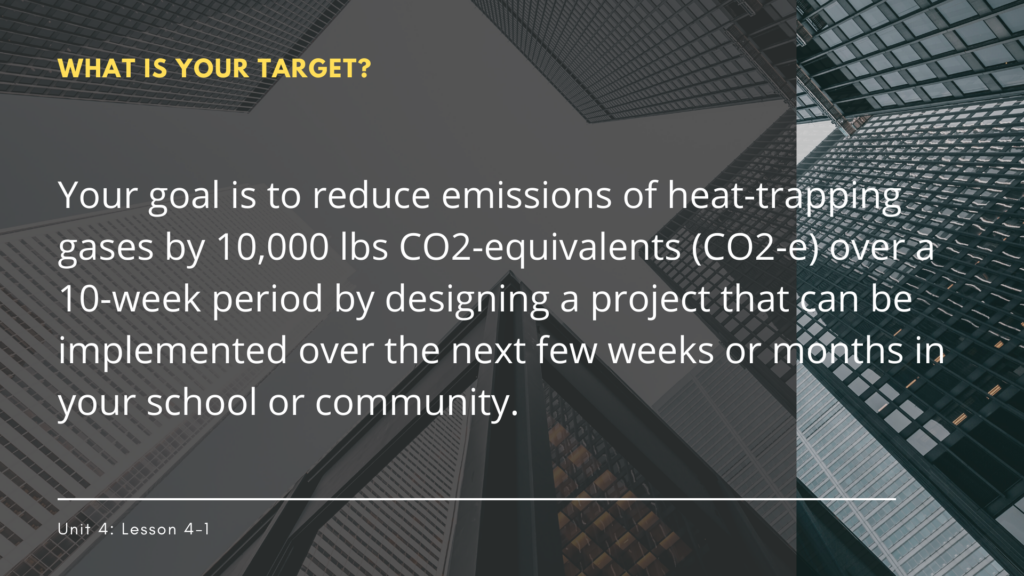







Project Competencies
Students design local action projects that align with their interests using Project Drawdown’s global sectors and solutions as a starting point. This final group projects asks students to tie together everything they’ve studied over the course of the program, including
- displaying the Habits of a Systems Thinker,
- connecting climate systems with social and economic systems,
- addressing the causes and impacts of climate change,
- creating a simulation model to calculate their solution’s emissions reductions
- referring to Green Jobs, and
- articulating how multiple perspectives were considered in the communication of the problem, as well as the benefits of action.
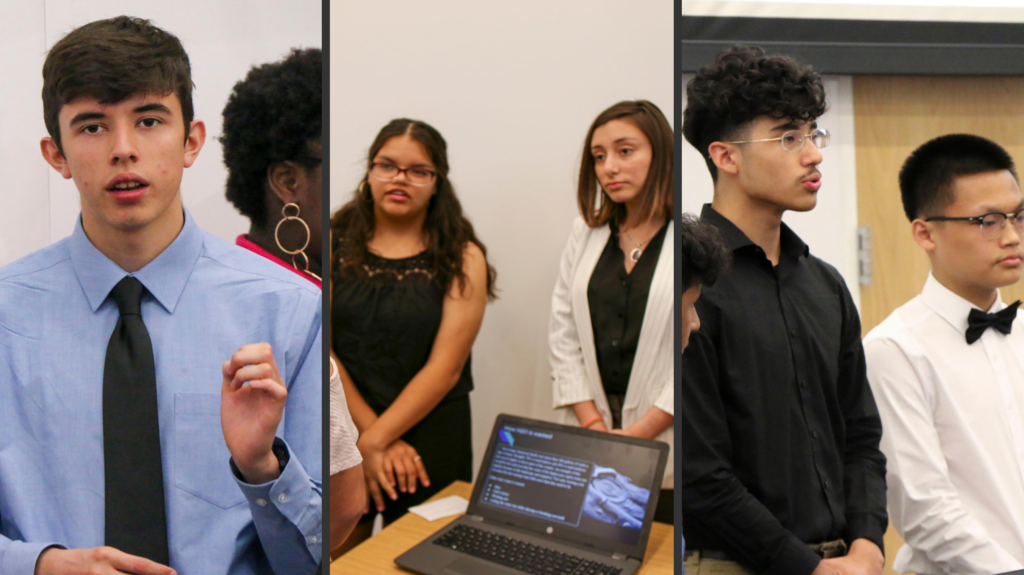

Tools and Resources
Students use the FLOWER tool (Framework for Long-Term, Whole-System, Equity-Based Refection) to take a “Multisolving” approach to their projects. The tool prompts students to consider who needs to be involved, how their solution could be designed for multiple benefits besides climate protection, and how the burdens and benefits of action can be shared equitably.
For more on the FLOWER tool, visit the Multisolving Institute website here.

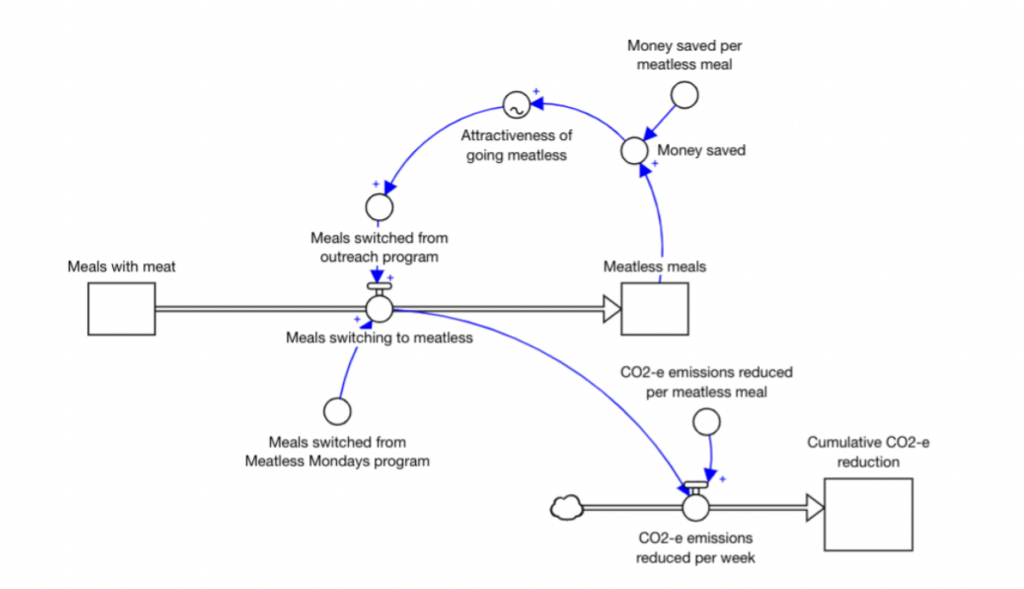
Students follow a step-by-step example of a student-led project titled Meatless Mondays to walk through how a local project idea can be translated into a Stella model. Students view how modeling the local system helps to quantify the solution’s impacts on local emissions, and better understand feedback loops in their system.
View the Meatless Mondays project example here.
Once students have defined the scope of their problem and identified important variables to consider in their model, it’s time to quantify the each element of the model, which requires research. Students search for available data to populate their models, and simultaneously research local organizations and national resources on green careers.
Preview lesson on Green Jobs here.
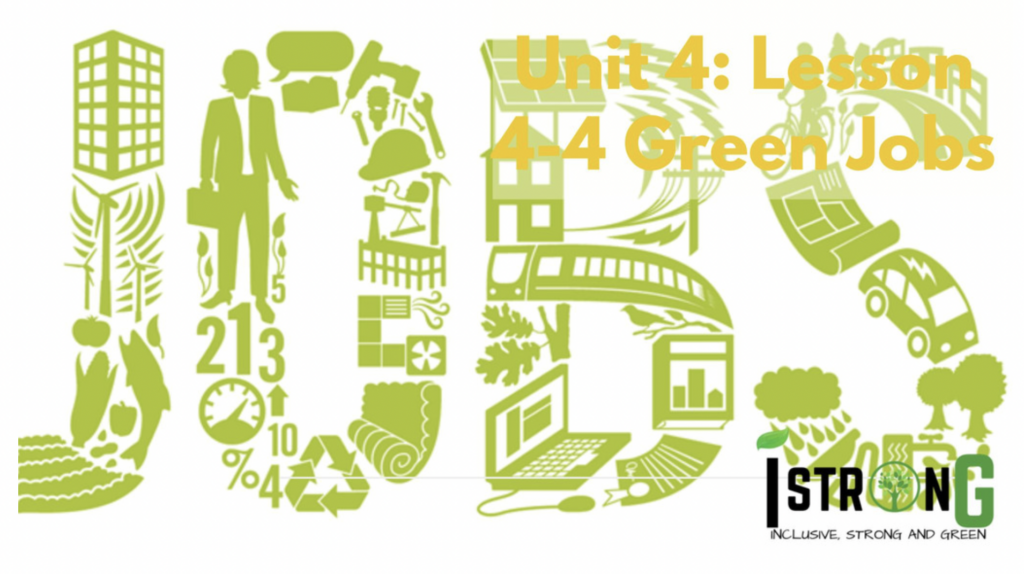
Student Project Examples
Click on the images below to view examples of student projects across the four pilot sites from 2019 to 2021.
Transportation
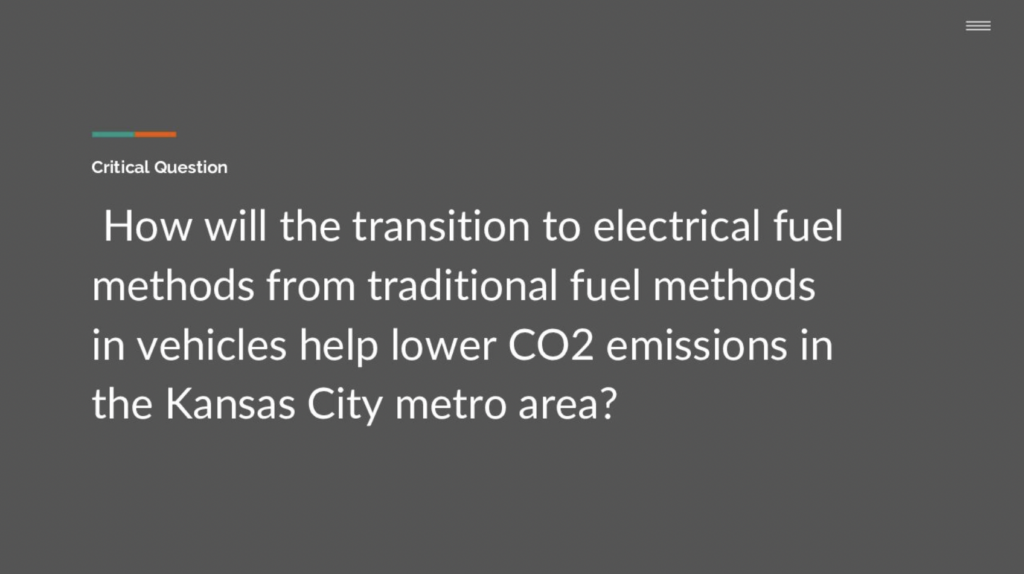


Land, Agriculture, and Food

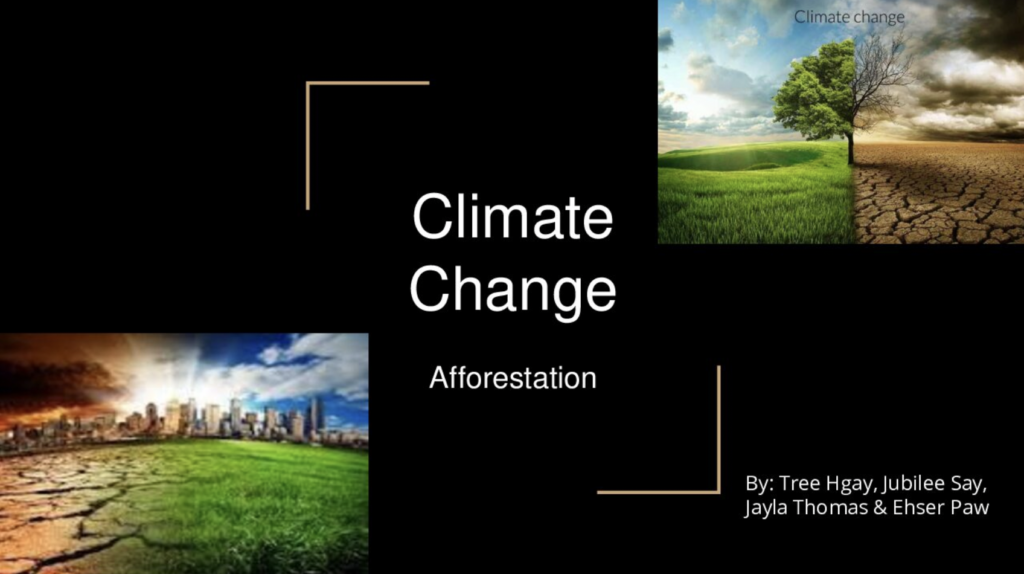
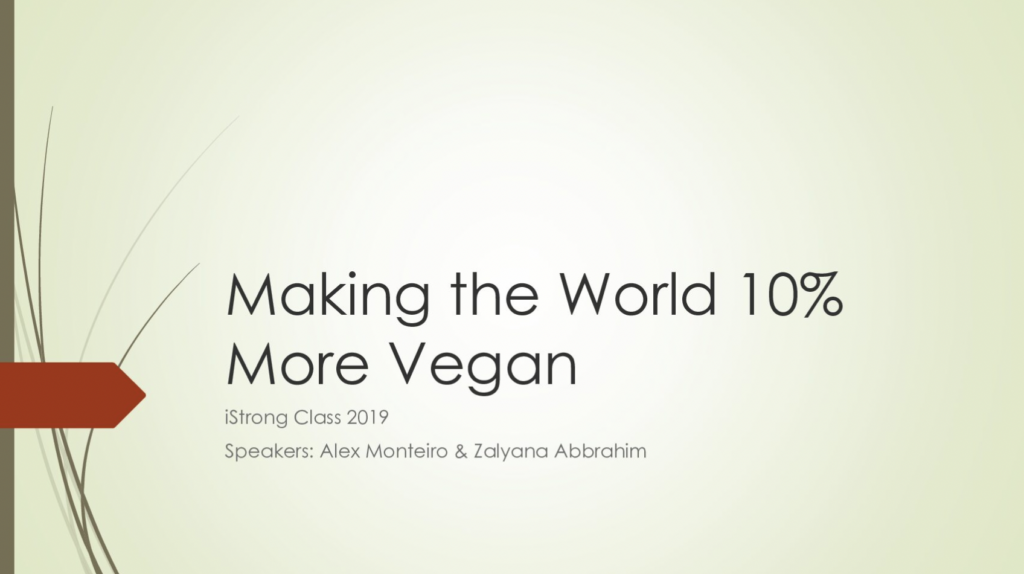
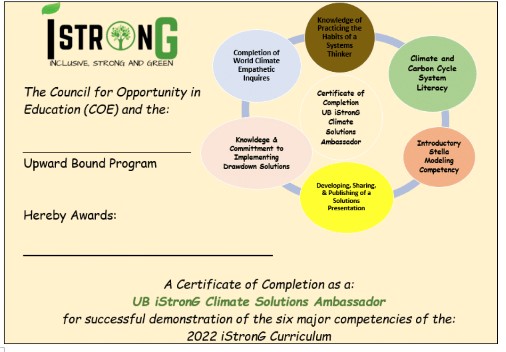
Upon presenting their projects and demonstrating the six major competencies of All Hands on Deck, students receive a Certificate of Completion as an iStronG Climate Solutions Ambassador.
Explore Instructor Materials ↗
Access the Teacher Guide, In-Classroom Materials, and more.
Explore Modeling Component ↗
Learn how systems are mapped using the Stella Architect simulation modeling software.
Curriculum Overview ↗
Curious about how students arrive ready to tackle group projects? View the journey.
